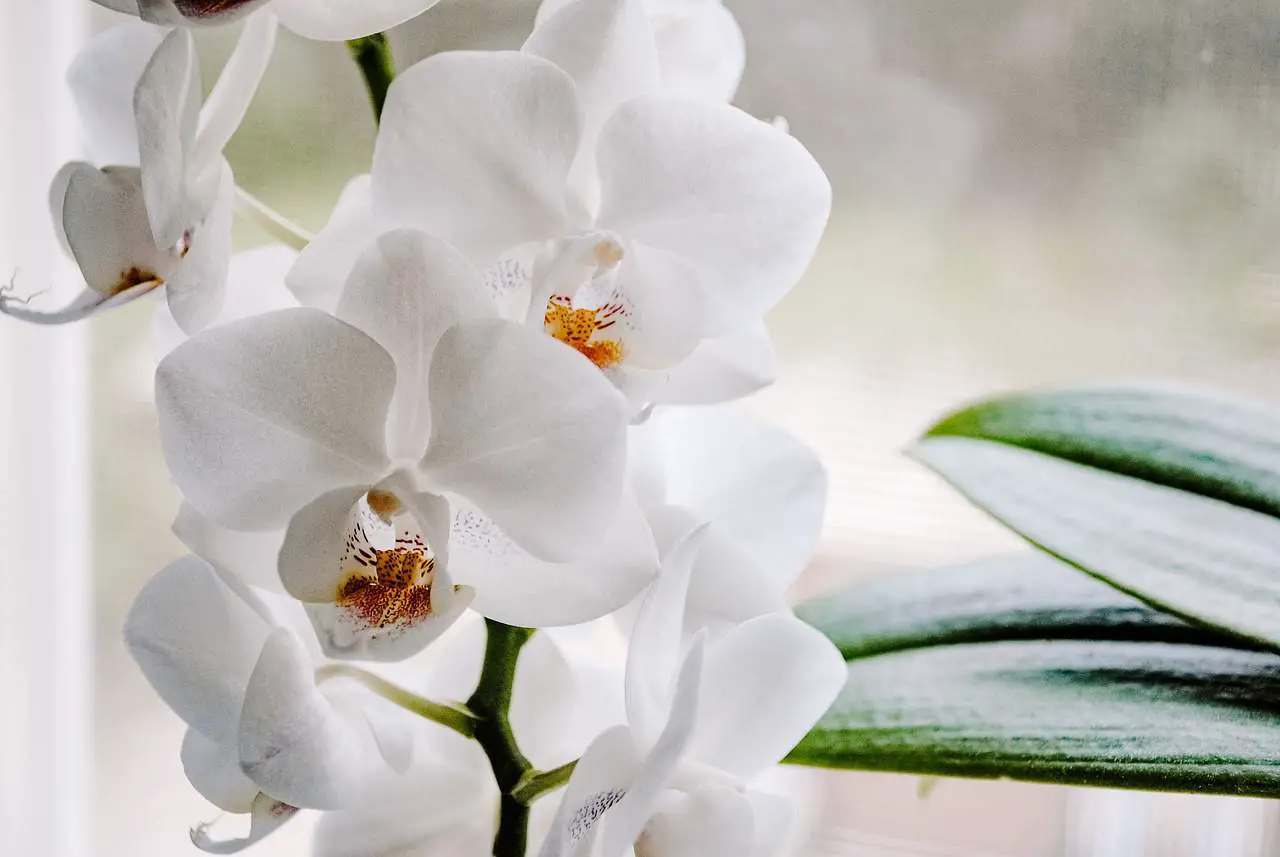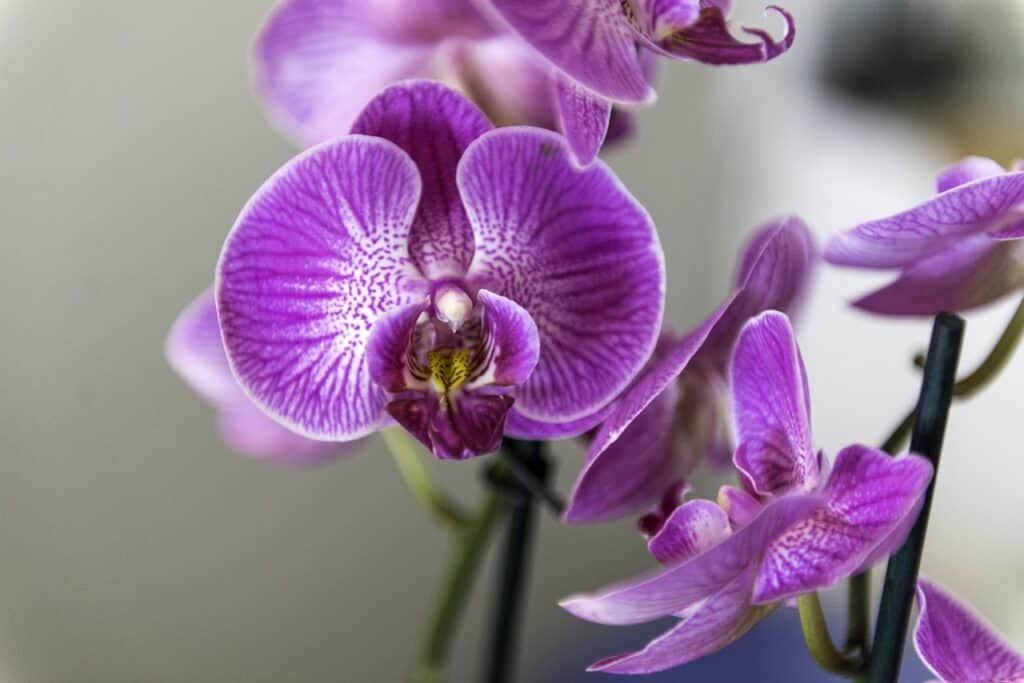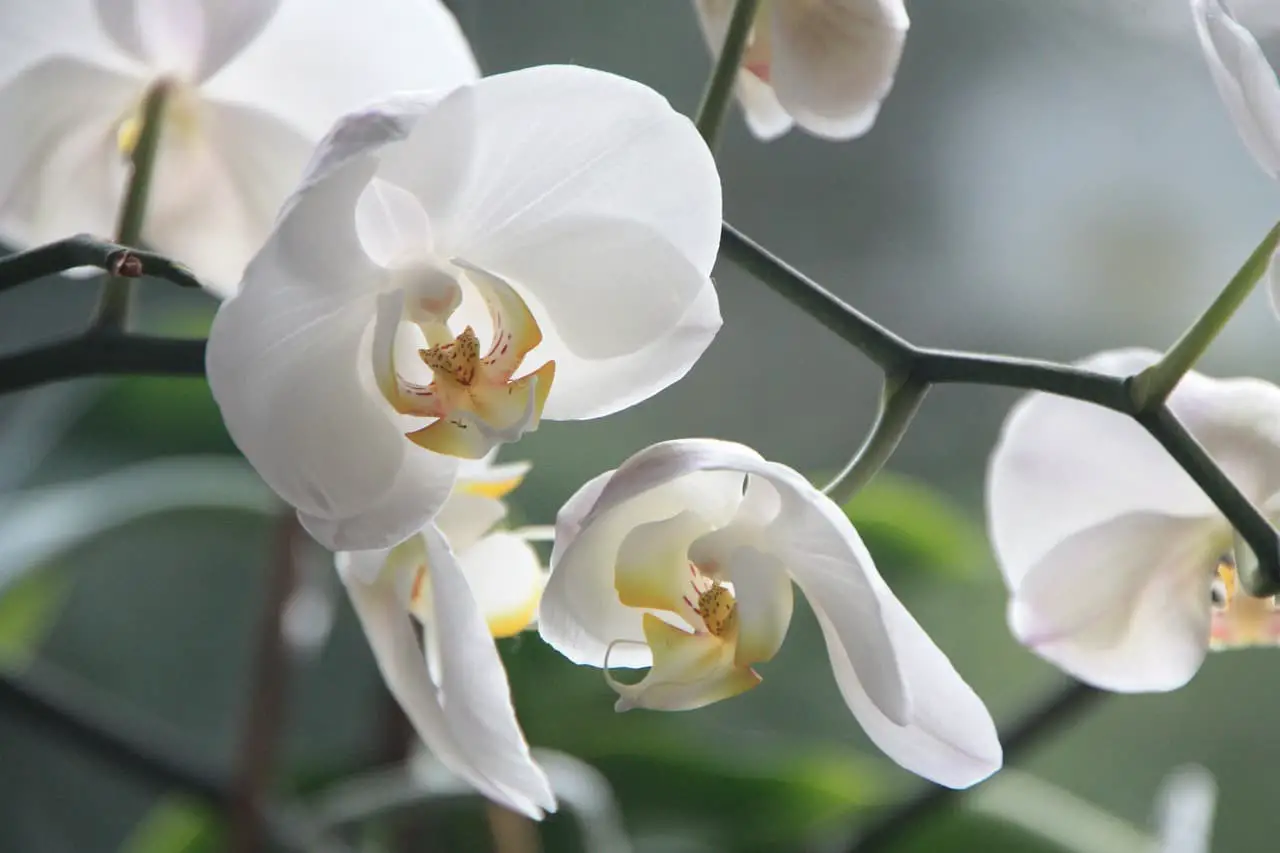Orchids are some of the most popular and unique plants that you can grow indoors or outdoors. But for your orchids to thrive, you need to make sure they are planted in the right medium. Orchid-growing mediums are the materials in which orchids are planted, which provide them with support, nutrients, and aeration. In this article, we will explore some of the best orchid-growing mediums and how to choose the right one for your orchids.
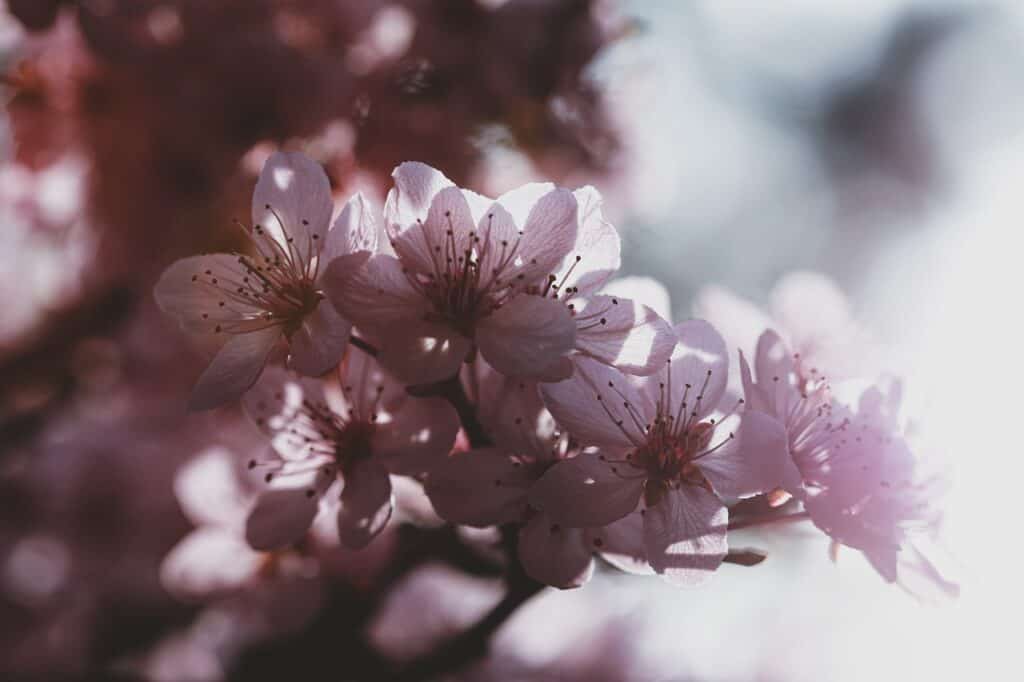
Types of Orchid-Growing Mediums
There are many different types of orchid-growing mediums to choose from. Some of the most popular options include:
- Bark – Bark is one of the most common orchid-growing mediums. It comes in different sizes, from fine to coarse, and is often made from fir, pine, or cedar. Bark provides good drainage and aeration for the roots of orchids. It also holds some moisture, but not too much, which can help prevent root rot.
- Sphagnum Moss – Sphagnum moss is another popular orchid-growing medium. It is made from the dried moss of sphagnum plants and is very absorbent, holding a lot of moisture. This can be beneficial for some orchid varieties, but it is important not to overwater orchids planted in sphagnum moss as this can lead to root rot.
- Coconut Coir – Coconut coir is a growing medium that is made from the fibers of coconut husks. It is becoming increasingly popular among orchid growers because it is sustainable and environmentally friendly. Coconut coir provides good drainage and aeration, but it also holds moisture well.
- Perlite – Perlite is a volcanic rock that has been heated and expanded to create a lightweight, porous growing medium. It provides good aeration for orchid roots, but it does not hold moisture well. Perlite is often used in combination with other growing mediums.
Factors to Consider When Choosing an Orchid Growing Medium
When choosing an orchid-growing medium, there are several factors to consider. These include:
- Orchid Variety – Different orchid varieties have different growing requirements, so it is important to choose a growing medium that is appropriate for your specific orchid.
- Climate – The climate in which your orchids are grown can also influence the choice of growing medium. For example, if you live in a humid climate, you may want to choose a growing medium that provides less moisture retention to prevent root rot.
- Watering Frequency – Different growing mediums require different watering frequencies. For example, orchids planted in the bark may need to be watered more frequently than those planted in sphagnum moss.
- Nutrient Requirements – Some growing mediums may contain more nutrients than others. If your orchids require a lot of nutrients, you may want to choose a growing medium that is rich in nutrients or add fertilizers to your growing medium.
Tips for Using Orchid Growing Mediums
Here are some tips to help you use orchid-growing mediums effectively:
- Choose the right size – The size of the growing medium is important. If the medium is too large or too small, it can prevent proper aeration and drainage.
- Water properly – Different growing mediums require different watering techniques. Make sure you understand the watering requirements for your specific growing medium.
- Re-pot regularly – Orchids should be re-potted every one to two years to prevent the growing medium from breaking down and to give the roots more space to grow.
- Use appropriate fertilizers – If your growing medium does not contain enough nutrients, you may need to add fertilizers to your watering routine.
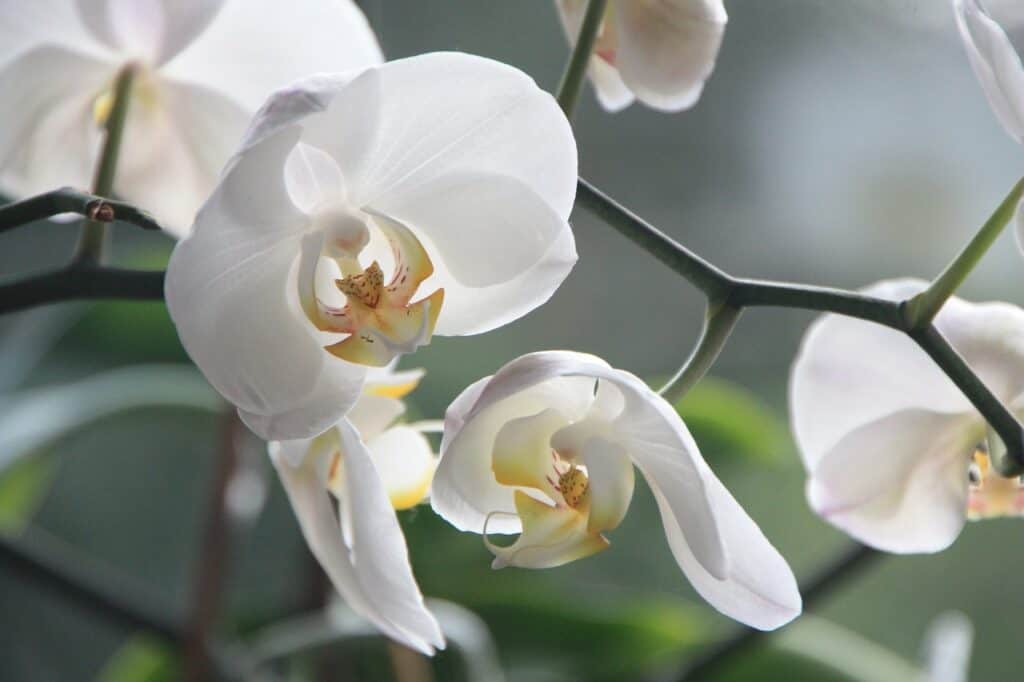
Conclusion
Choosing the right growing medium for your orchids is essential for their health and well-being. Each growing medium has its advantages and disadvantages, and the best choice will depend on the type of orchid you are growing and your growing conditions. Orchid bark is a popular choice for its good drainage and moisture retention, while sphagnum moss is highly absorbent and easy to water. Perlite provides excellent drainage and aeration, while coconut coir is an eco-friendly and pH-neutral option. Ultimately, the best orchid-growing medium for your plants will depend on your personal preference and the specific needs of your orchids.



